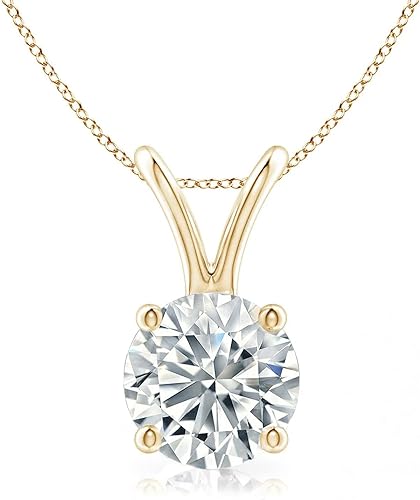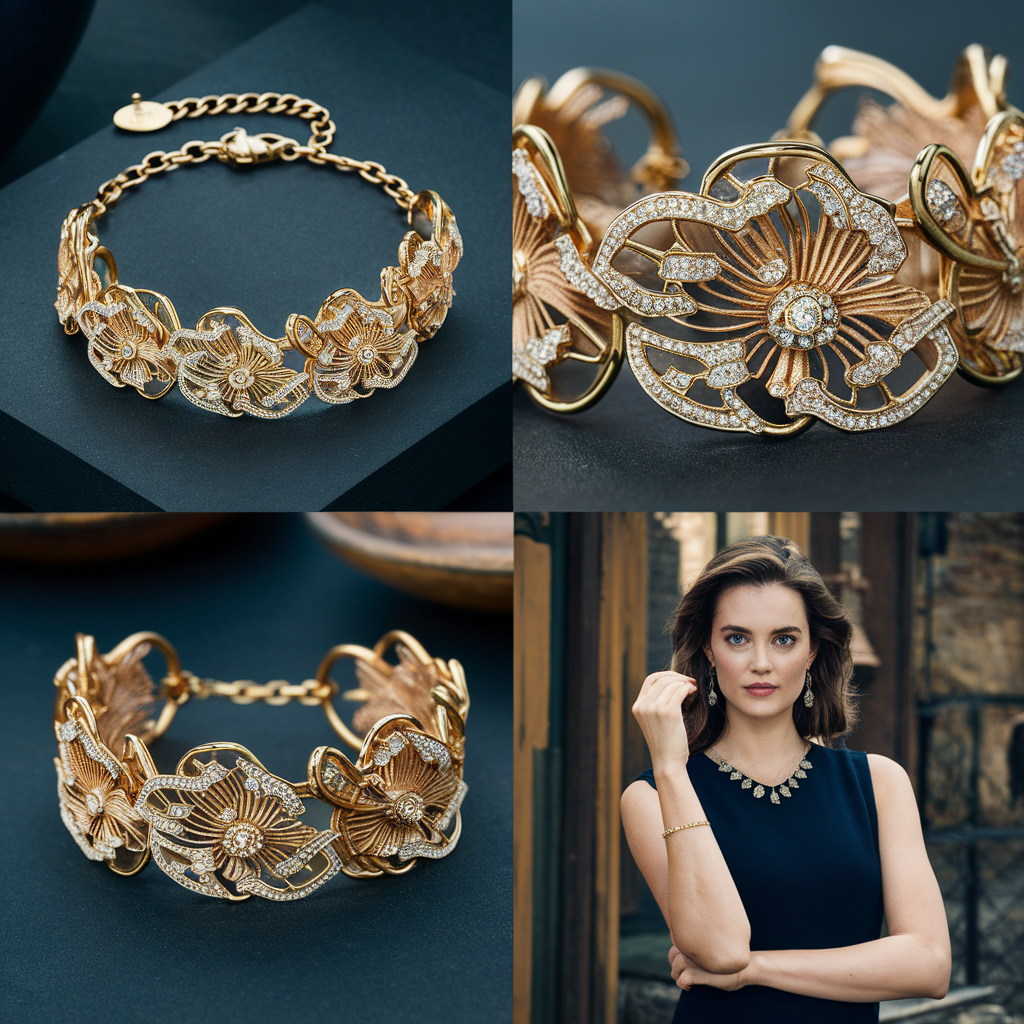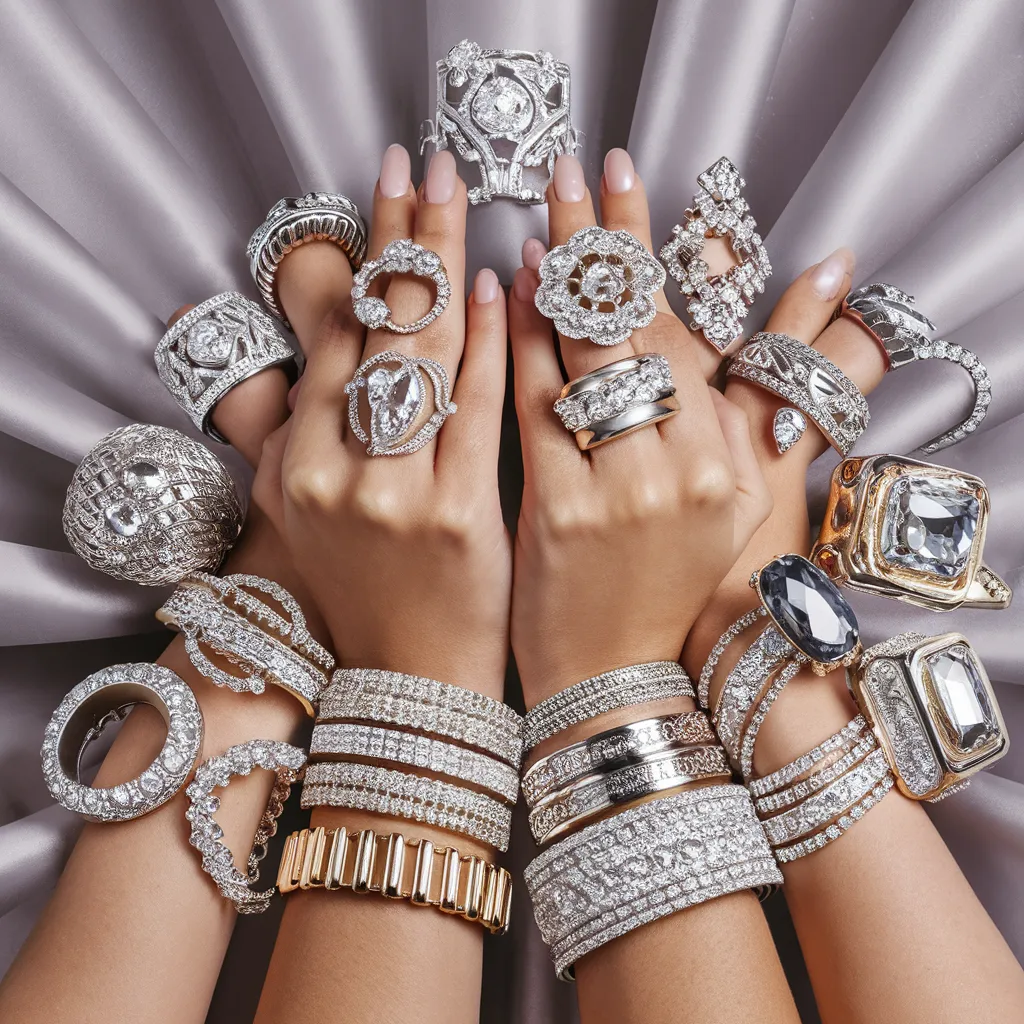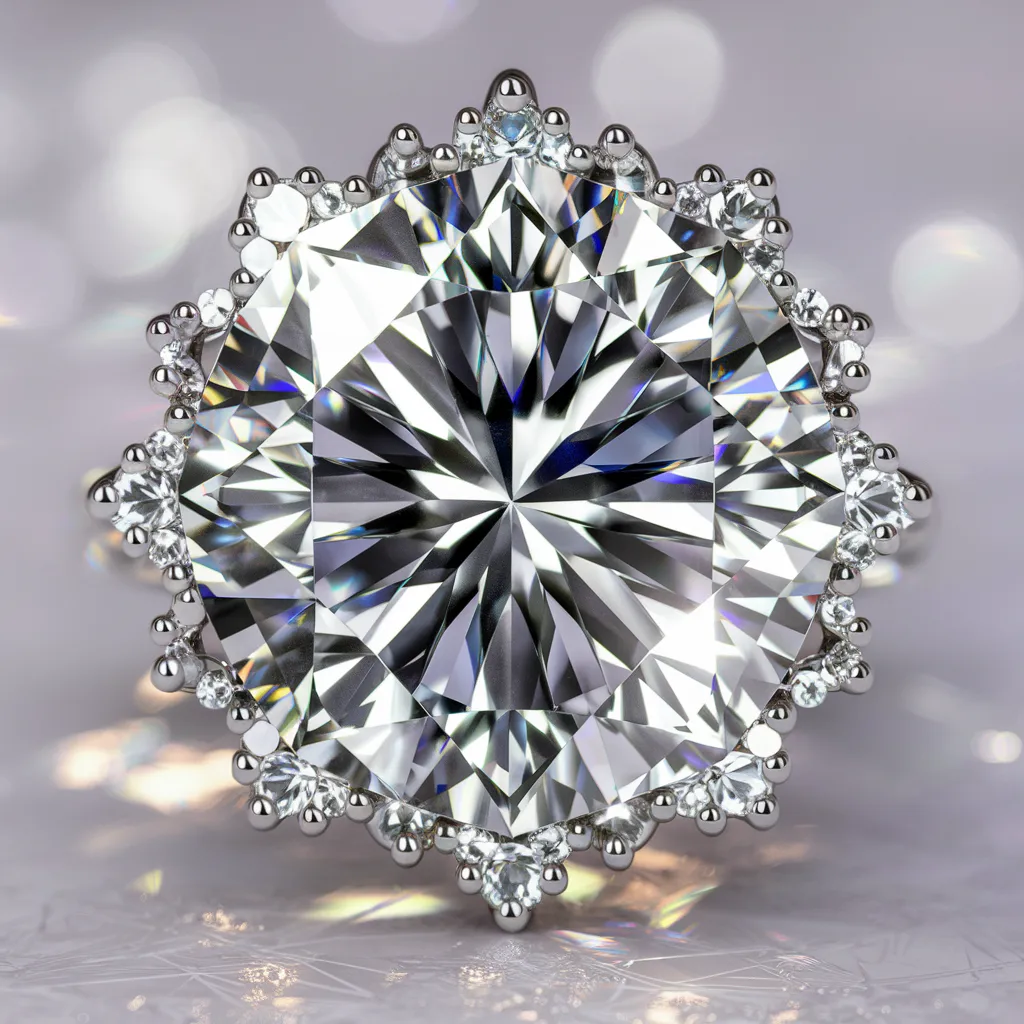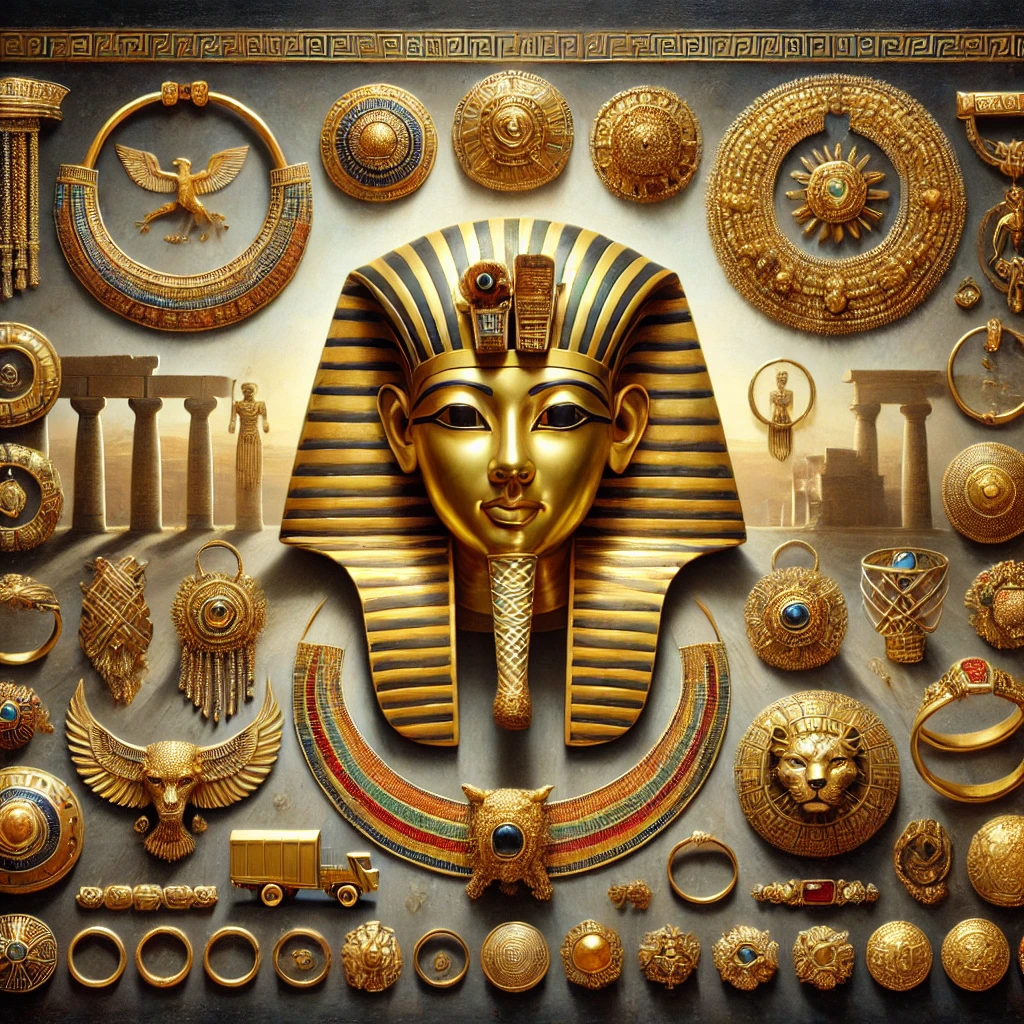
Jewelry in Ancient Civilizations: Symbols of Status and Spirituality
Introduction
Jewelry has been a significant aspect of human culture for thousands of years, serving not only as decorative items but also as powerful symbols of status, wealth, and spirituality. From the intricately crafted amulets of ancient Egypt to the luxurious gold pieces of pre-Columbian America, jewelry has played an essential role in various ancient civilizations. This article explores the multifaceted significance of jewelry in these early societies, examining its social, spiritual, and cultural dimensions.
The Origins of Jewelry
The origins of jewelry date back to prehistoric times when early humans used natural materials such as shells, bones, and stones to create adornments. These early pieces were not only used for decoration but also served as symbols of status and protection. Over time, the techniques and materials used in jewelry-making evolved, leading to more sophisticated and durable creations.
Jewelry in Ancient Egypt
In ancient Egypt, jewelry was an integral part of daily life and the afterlife. The Egyptians believed that jewelry had magical properties that could protect the wearer from harm and bring good fortune. Gold, favored for its durability and association with the gods, was the most common material. Semi-precious stones such as turquoise, lapis lazuli, and carnelian were also widely used.
Egyptian Amulets and Protective Jewelry
Amulets were particularly significant in Egyptian culture. These small charms, often shaped like animals, gods, or symbols, were believed to offer protection and power. The ankh, representing life, and the scarab beetle, symbolizing rebirth, were among the most popular amulet designs. These pieces were often included in burial practices to ensure the deceased's safe passage to the afterlife.
Jewelry in Mesopotamia
Mesopotamian jewelry was renowned for its intricate craftsmanship and use of luxurious materials. Gold, silver, and precious stones such as lapis lazuli and carnelian were commonly used. Jewelry served as a status symbol, indicating the wearer's wealth and social standing. It also played a vital role in religious and ceremonial practices, often being offered to the gods or worn during rituals.
The Role of Gemstones in Mesopotamian Jewelry
Gemstones were highly valued in Mesopotamian culture for their beauty and perceived mystical properties. Lapis lazuli, associated with royalty and divinity, was especially prized. Craftsmen developed advanced techniques for cutting and setting these stones, creating stunning pieces that have endured through the ages.
Jewelry in Ancient Greece
Ancient Greek jewelry was heavily influenced by mythology and culture. Common designs included motifs of gods, animals, and natural elements. Gold and silver were the primary materials, often adorned with gemstones and enamel. Jewelry was worn during special occasions and ceremonies and served as a marker of social status.
Greek Funeral Jewelry
In Greek culture, jewelry was also used in funerary practices. Items such as gold wreaths, earrings, and necklaces were placed in tombs to honor the deceased and ensure their journey to the afterlife. These pieces reflected the cultural beliefs surrounding death and the afterlife, emphasizing the importance of remembrance and respect.
Jewelry in Ancient Rome
Roman jewelry was deeply influenced by Greek designs but also incorporated unique elements that reflected the empire's vast cultural diversity. Jewelry was an essential part of Roman society, used to display wealth and status. Popular styles included elaborate necklaces, bracelets, and rings made from gold, silver, and a variety of gemstones.
Roman Signet Rings
Signet rings were particularly significant in Roman culture. These rings, often engraved with the wearer's seal or emblem, were used to stamp documents and signify authenticity. The craftsmanship of these rings was highly detailed, reflecting both the artistic skills and the social importance of the wearer.
Jewelry in Ancient India
Jewelry in ancient India was rich in symbolism and cultural significance. Gold was considered the most auspicious metal, used extensively in various forms of jewelry. Pieces were often adorned with intricate designs and precious stones, symbolizing wealth, power, and divine blessings. Jewelry played a central role in rituals, ceremonies, and daily life.
Temple Jewelry in Ancient India
Temple jewelry was specifically designed for deities and used in religious ceremonies. These pieces were often large and ornate, crafted from gold and studded with gemstones. The jewelry symbolized the divine connection and was an essential part of temple rituals and festivals.
Jewelry in Pre-Columbian America
Pre-Columbian American civilizations, such as the Mayans and Aztecs, created stunning jewelry from materials like gold, jade, and turquoise. These pieces were not only decorative but also held significant cultural and spiritual meaning. Jewelry was used in religious ceremonies, as offerings to the gods, and as symbols of status and power.
The Importance of Gold in Pre-Columbian Jewelry
Gold was highly revered in pre-Columbian cultures for its symbolic association with the sun and the gods. The craftsmanship of goldsmiths was highly advanced, producing intricate pieces that showcased their technical skills and cultural significance.
Cross-Cultural Influences on Ancient Jewelry
The exchange of materials and designs through trade routes significantly impacted the development of ancient jewelry. As cultures interacted, they adopted and adapted each other's styles, leading to a rich fusion of artistic traditions. This cross-cultural exchange is evident in the diverse styles and techniques found in ancient jewelry.
Modern Interpretations of Ancient Jewelry
Ancient jewelry continues to influence contemporary designs, with modern jewelers drawing inspiration from historical pieces. The preservation and replication of ancient techniques allow for the creation of jewelry that pays homage to the past while appealing to modern tastes.
Conclusion
Jewelry in ancient civilizations was far more than mere decoration; it was a profound expression of status, spirituality, and cultural identity. From the protective amulets of Egypt to the luxurious gold of pre-Columbian America, these pieces offer a glimpse into the values and beliefs of early societies. The legacy of ancient jewelry endures, continuing to inspire and captivate us tod

